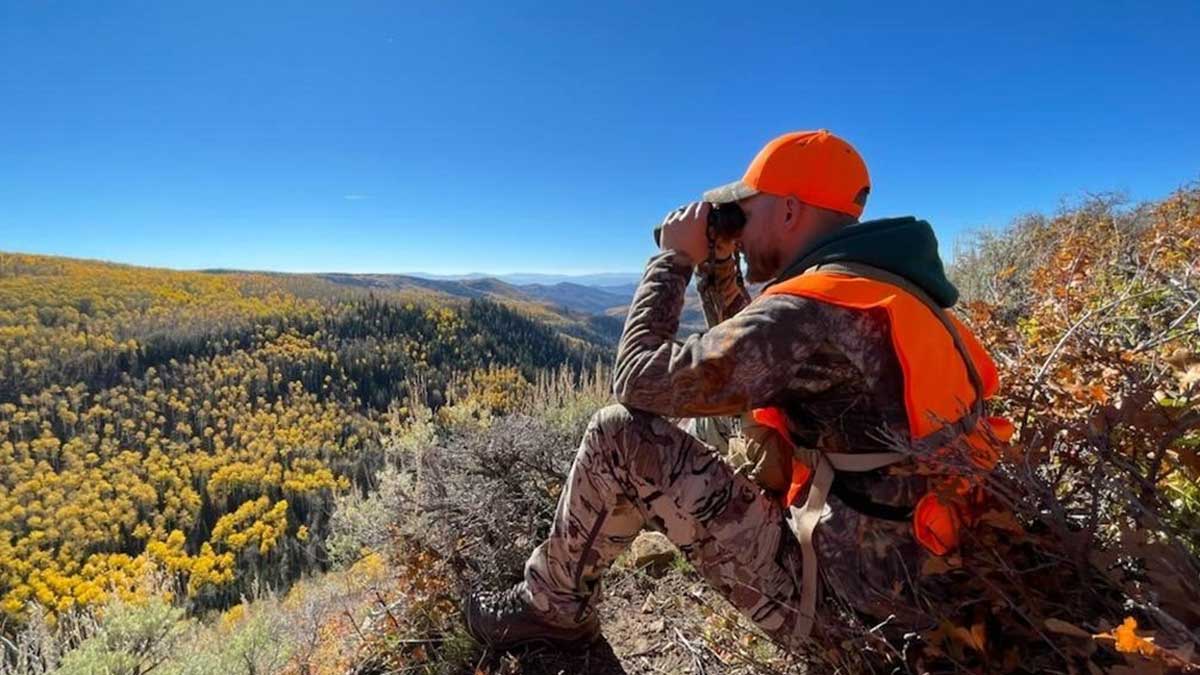The U.S. Fish and Wildlife Service recently announced a single-year record of $1.6 billion in apportionments to state conservation and wildlife access programs. The lion’s share of that funding, by far, comes from hunters and recreational shooters due to an excise tax on guns, ammunition and archery equipment.
“This partnership is vital to wildlife and habitat conservation and outdoor pursuits throughout the country because it helps our state partners create opportunities for recreational access and monitor and manage wildlife and wild places,” said USFWS Director Martha Williams.
Since 1937, funding generated by the Pittman-Robertson excise tax now tops more than $16 billion.
The $1.6 billion is broken down by $1.19 billion from hunting and shooting and $424,000 from fishing-related excise taxes.
Eligible states receive funding through formula-based permanent appropriations. It’s also important to realize and understand that distribution formulas are based primarily on land and water area plus the number of paid recreational hunting and fishing license holders in each state. Translation: the more hunters and anglers in a given state, the more funds that state receives. State fish and wildlife agencies make their own management decisions about how the funds are used. Excise taxes on hunting and fishing items typically fund up to 75 percent of project costs. Most states must provide a matching share of up to 25 percent, usually from state hunting and fishing license revenues.
In addition to excise taxes, hunters also pay $896 million annually to state wildlife agencies for licenses and fees and they donate $440 million a year to conservation groups like the Rocky Mountain Elk Foundation.
(Photo: Colorado Parks and Wildlife)
